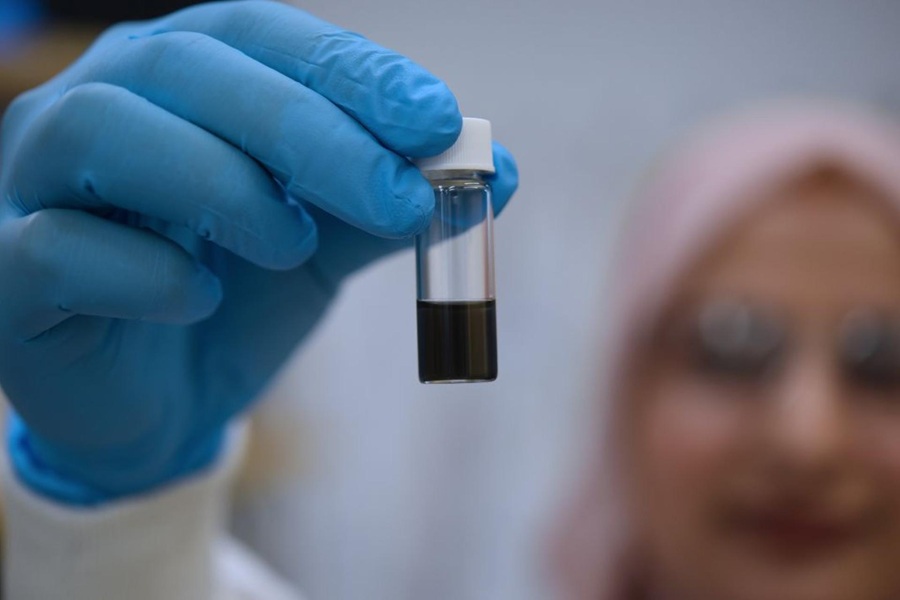Sensor Measures Affect of Physical Activity on Diabetes
By LabMedica International staff writers
Posted on 11 Feb 2009
An under-the-skin glucose sensor measures the affect of physical activity on diabetes. The sensor consists of a tiny electrode connected to a transmitter, which is attached to the skin with an adhesive patch. Posted on 11 Feb 2009
The sensor can take nearly 300 readings per day and is to be used to monitor people with diabetes' glucose levels in a new study. Diabetes experts based at Southampton General Hospital (UK) will fit the tiny devices to participants' stomachs and use them in conjunction with watch-like armbands, which will check participants' physical activity. The study, the first of its kind in the United Kingdom, will determine how much of an impact exercise has on blood glucose levels while also taking diet and insulin intake into account.
Led by Prof. Christopher Byrne and Dr. Andrew Chipperfield, the study should shed new light on the management of type 1 diabetes. Thirty volunteers aged between 18 and 75 will be supplied with the sensor and armband. Weighing less than a 7 g, the waterproof electrode and transmitter will be replaced every three days. The physical activity armband will be worn for two blocks of 2 weeks during the 12-month study to record continuous data, which can then be downloaded electronically.
Dr. Victoria King, research manager at Diabetes UK said, "Physical activity is an essential part of managing type 1 diabetes and protecting against the serious complications of the condition such as heart disease, stroke, kidney failure, blindness, and amputation. We hope that this study will equip people with type 1 diabetes with the information they need to make pragmatic decisions about physical activity and how it is likely to affect their blood glucose control. This in turn will help to protect both their short- and long-term health.”
Related Links:
Southampton General Hospital




 assay.jpg)









